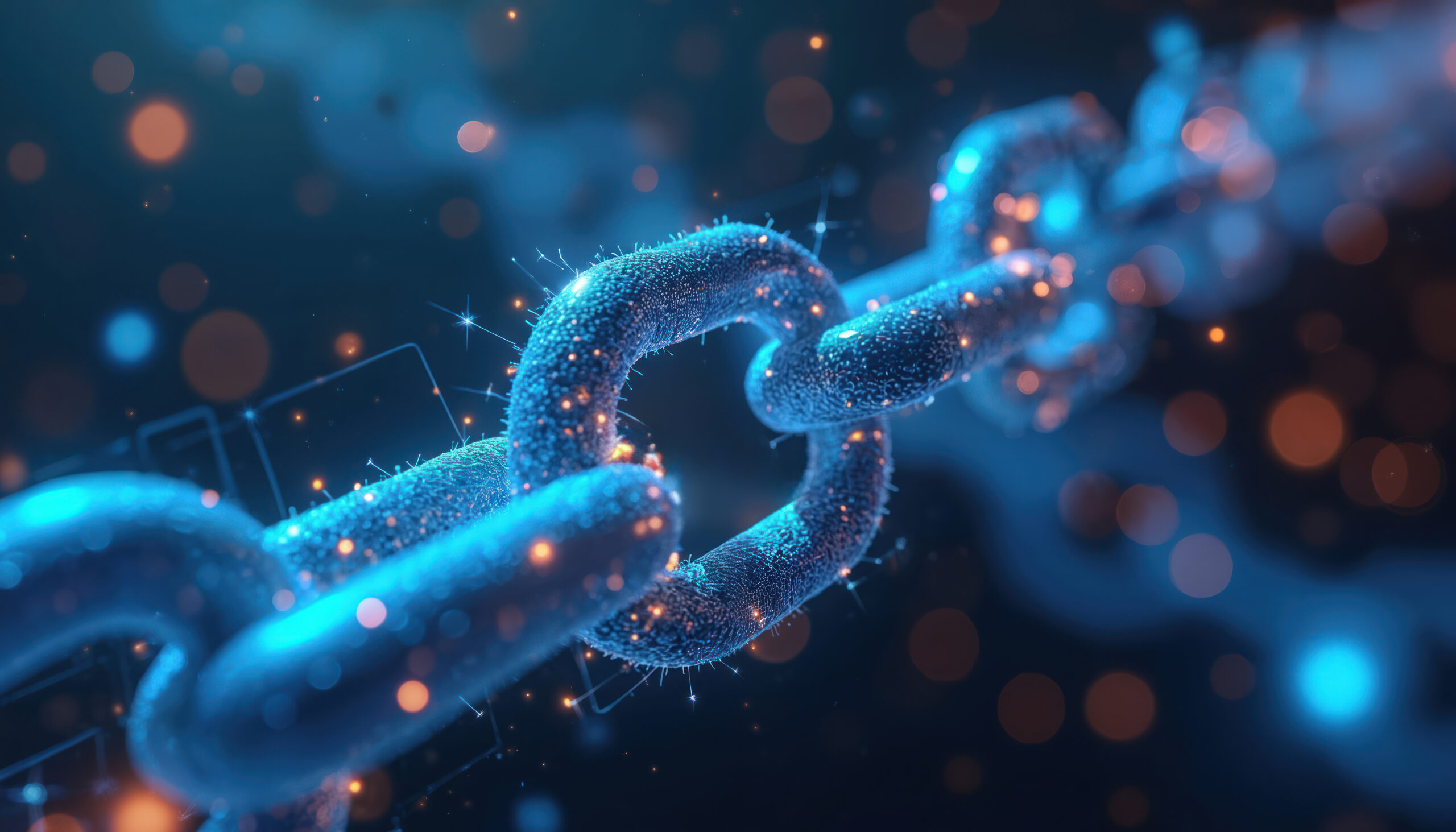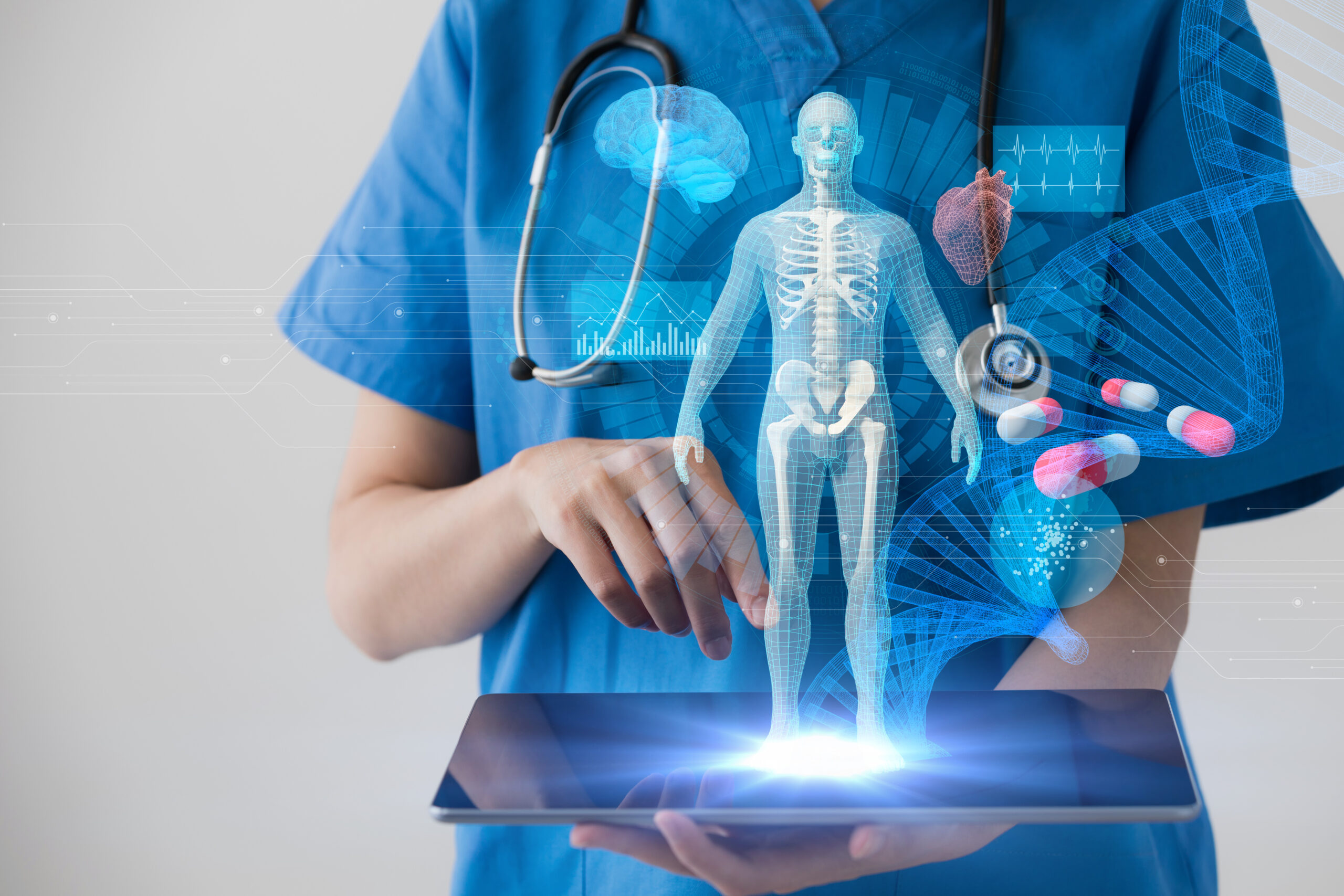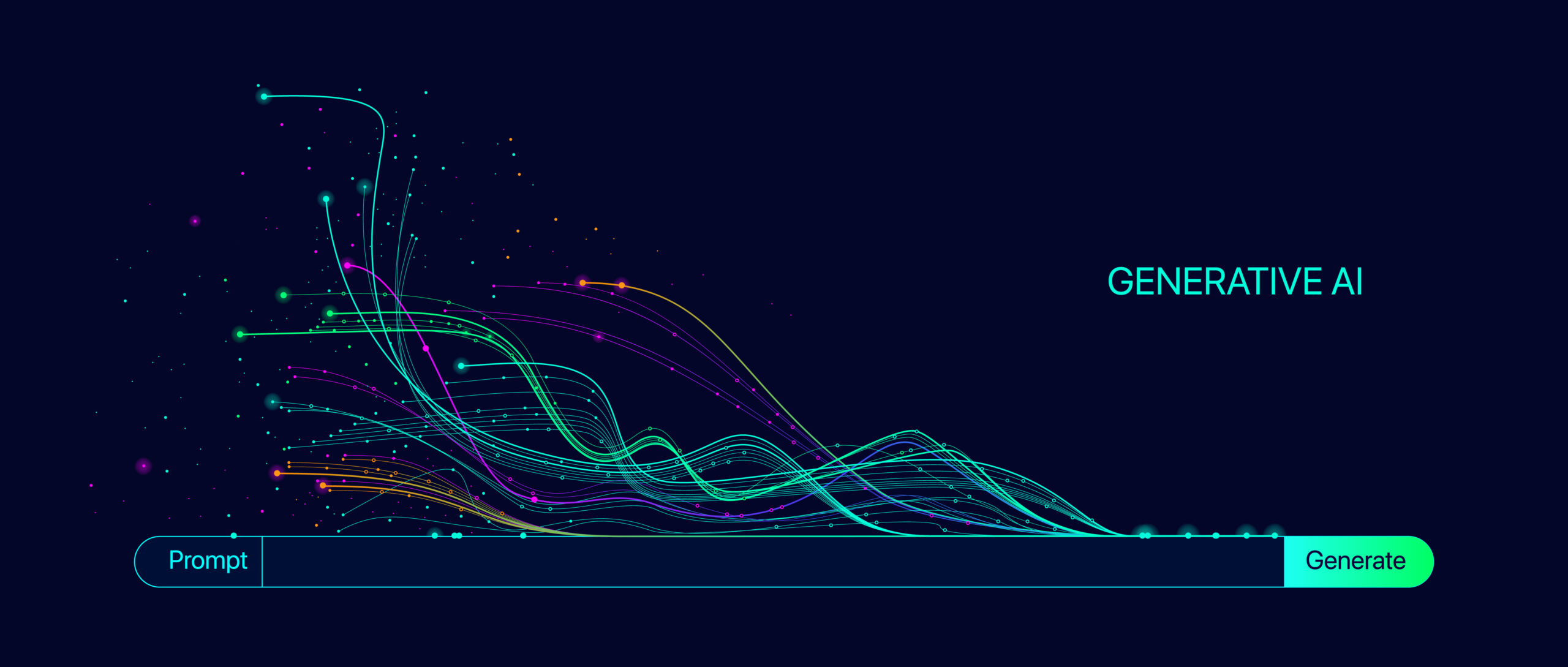
AI-generated summary
This article explores the transformative rise of Embodied AI—artificial intelligence integrated with physical systems such as autonomous robots, drones, and driverless vehicles—that interact directly with the real world. This shift moves AI beyond mere data processing into machines capable of perceiving, acting, and learning from their environments, promising profound impacts across healthcare, mobility, industry, and automation. The Future Trends Forum of the Bankinter Foundation of Innovation convened experts to discuss the technological advances, new business opportunities, and ethical and regulatory challenges arising from this convergence of AI and robotics.
Renowned neuroscientist Antonio Damasio offers a critical perspective, emphasizing that despite AI’s progress, it fundamentally lacks the biological substrate essential for consciousness. According to Damasio, true intelligence depends on homeostasis—the biological regulation of life—and homeostatic feelings, which generate subjective experience and consciousness. AI systems, no matter how advanced, are powerful data processors but do not “feel” or possess a mind because they lack a living body and internal sensations. While some robotic systems simulate homeostatic processes mechanically, this does not equate to genuine consciousness. Damasio concludes that AI should be viewed as sophisticated tools that enhance human capabilities rather than entities capable of true intelligence or subjective experience, underscoring the unique and mysterious nature of natural intelligence.
Antonio Damasio debunks the myth of consciousness in AI: without a body, without homeostasis and without feelings, artificial intelligence will never be truly conscious. Discover his analysis at the Future Trends Forum
This article has been translated using artificial intelligence
Artificial intelligence is no longer just software but systems that interact with the physical world. From autonomous robots to intelligent drones and driverless vehicles, Embodied AI is transforming the way machines perceive, process and respond to the environment. This breakthrough represents a paradigm shift in key sectors such as healthcare, mobility, industry and automation, where machines are no longer limited to analyzing data, but can act and learn from interaction with the real world.
In this context of technological acceleration, the Future Trends Forum of the Bankinter Foundation of Innovation has focused on physical AI, exploring its applications, impact and challenges. During the forum, international experts discussed the convergence between artificial intelligence and robotics, learning models in autonomous systems, the new business opportunities that will arise in this era of physical AI and the ethical and regulatory questions that arise in parallel.
Artificial intelligence is no longer just software processing data in the cloud. As we explained in Jeremy Kahn’s Embodied AI article, AI is evolving into physical systems that interact with the real world. Robots, autonomous drones and intelligent vehicles represent the next big leap in the technological revolution.
One of the experts was the renowned neuroscientist Antonio Damasio, a trustee of the Foundation and a leading researcher in the study of consciousness and natural intelligence. Prince of Asturias Award for Technical and Scientific Research 2005 and Professor of Neuroscience, Psychology and Philosophy at the University of Southern California, where he directs the Brain and Creativity Institute, Damasio takes us away from pure technology to raise a fundamental question: can AI, however advanced it may be, become truly conscious?
Don’t miss Antonio Damasio’s lecture:
Damasio argues that intelligence is not just a matter of information processing. For a conscious mind to exist, something else is needed: a living body that experiences the world, that feels, that regulates its biological functions and that generates emotions and feelings in response to its environment. In other words, artificial intelligence, lacking a biological substrate, can simulate cognitive processes, but it can hardly replicate the subjective experience of being alive.
His vision poses a clear limit to the development of AI: no matter how much progress we make in the creation of autonomous systems, we cannot confuse computational capacity with real intelligence, nor can we confuse the simulation of emotions with the generation of genuine feelings. In this article, we explore the keys to Damasio‘s intervention and its relationship with the advance of physical AI, a technology that promises to revolutionize our society, but is still far from reaching the complexity of the human mind.
Natural intelligence and physical AI: the biological limits of artificial intelligence
Antonio Damasio‘s message at the Future Trends Forum is clear: artificial intelligence has made spectacular advances, but there is an insurmountable barrier separating it from human intelligence. That barrier is life itself.
Damasio, one of the most influential neuroscientists in the study of consciousness, stresses that AI is a creation of natural intelligence, but it is not equivalent to it. In his speech, he explains that all current AI lacks three essential elements that define the human mind:
- Homeostasis: the biological process that regulates life.
- Homeostatic feelings: bodily sensations that inform about the state of the organism.
- Consciousness: the ability to experience the world from a subjective perspective.
AI, however advanced, does not have a life of its own, does not need to regulate a biological body, and therefore does not experience feelings or develop consciousness. This makes it a powerful tool for processing information, but not an entity that can “think” or “feel” like humans.
Homeostasis and consciousness: the key to human intelligence
Damasio explains that all forms of life need to regulate themselves to remain stable in a changing environment. This process, known as homeostasis, is what allows living organisms to sense when something is not right (hunger, thirst, fatigue) and take action to correct it.
But a crucial point arises here: homeostatic feelings are more than just biological responses. They are the basis of consciousness. Damasio points out that most theories of consciousness have started from a mistake: they have assumed that it is a complex cognitive phenomenon generated by advanced thought processes. In reality, consciousness arises from something much simpler and more primary: the continuous feeling of being alive.
Such feelings are not emotions like joy or fear. They are constant internal experiences, such as perceiving body temperature, heart rate or breathing. They are not reactions to external stimuli, but an internal monitoring that informs us about our state at every moment.
For Damasio, each of these feelings is spontaneously conscious. They are not generated after cognitive processing, but are a fundamental part of our immediate experience.
Why AI cannot develop consciousness
Because consciousness arises from biological regulation and feelings that inform the state of the organism, a machine cannot replicate it. AI can simulate emotions and intelligent responses, but it does so without actually feeling anything.
Damasio is blunt on this point: AI cannot experience the world subjectively because it lacks a body that needs to regulate itself. A robot may have temperature, pressure or humidity sensors, but these do not generate an internal sensation. They only collect data.
Therefore, although physical AI is making progress in integrating AI into autonomous robots, this does not imply that they are developing intelligence in the biological sense. They are advanced processing systems, but they do not have a mind or subjective experience. Let’s look at it in detail:
Can homeostasis be replicated in AI?
Although physical AI cannot experience feelings or develop consciousness like living beings, some researchers are exploring ways to simulate certain homeostatic processes in robots. For example, energy and temperature regulation systems are being developed that allow robots to “self-regulate” and avoid overheating, rudimentarily mimicking biological homeostasis. In addition, some advanced machine learning models seek to adjust their responses based on their “internal state,” as with robots designed to modify their activity level based on the amount of battery remaining.
However, these attempts remain mechanical simulations and do not involve actual subjective experience. While a human being feels hunger or pain as part of its biological regulation, a robot simply adjusts its functioning in response to predefined data, without the internal perception that characterizes consciousness.
What does this imply for the future of AI?
If we accept that AI will never be truly conscious, what does this mean for its development?
Damasio does not rule out the possibility that we could build systems that simulate biological processes and make decisions more autonomously. But he makes it clear that this simulation is not equivalent to actual consciousness.
What may happen is that AI will become increasingly effective at specific tasks, thanks to a combination of machine learning, quantum computing and advanced robotics. But this will not make it more “human.”
The challenge, according to Damasio, is to understand what makes natural intelligence unique and how we can use this knowledge to improve our technologies without falling into the illusion that we are creating “artificial minds.”
Concluding: AI as a tool, not as a mind
Antonio Damasio offers us a fundamental perspective on the AI debate: we must not confuse simulation with reality. AI can perform impressive tasks and improve our lives, but it is still a human creation, not a living organism.
The future of artificial intelligence is not in replicating consciousness, but in creating more advanced tools that complement our capabilities without pretending to replace natural intelligence.
In a world where physical AI is rapidly evolving, this reminder is crucial. Natural intelligence remains unique, and consciousness remains a mystery that only living beings can experience.
And don’t miss Jeremy Kahn’s article on the evolution of physical AI and its impact on society: Embodied AI: Artificial intelligence leaving the digital world to inhabit the physical one.

David Dornsife Professor of Psychology, Neuroscience and Neurology at the University of Southern California



